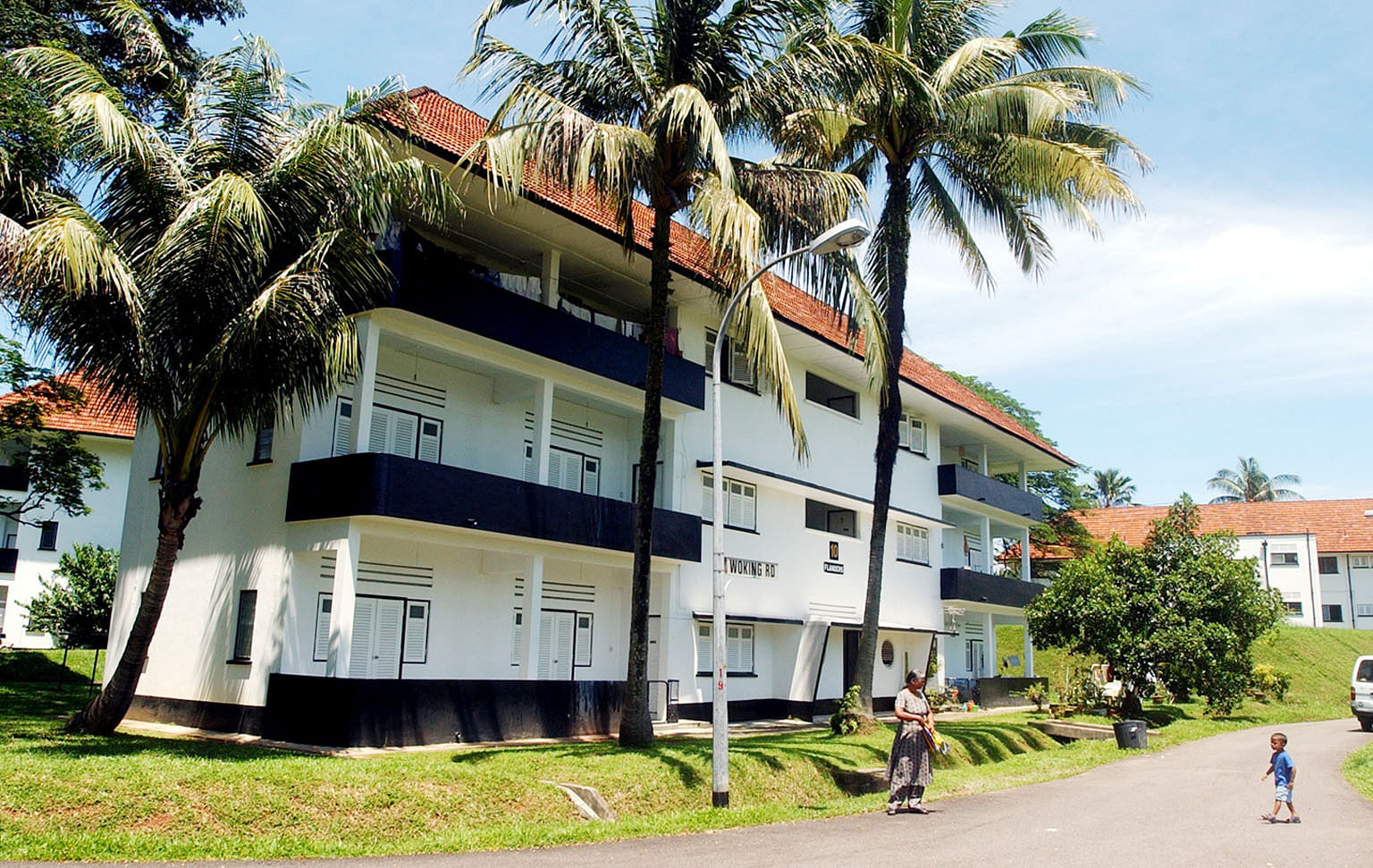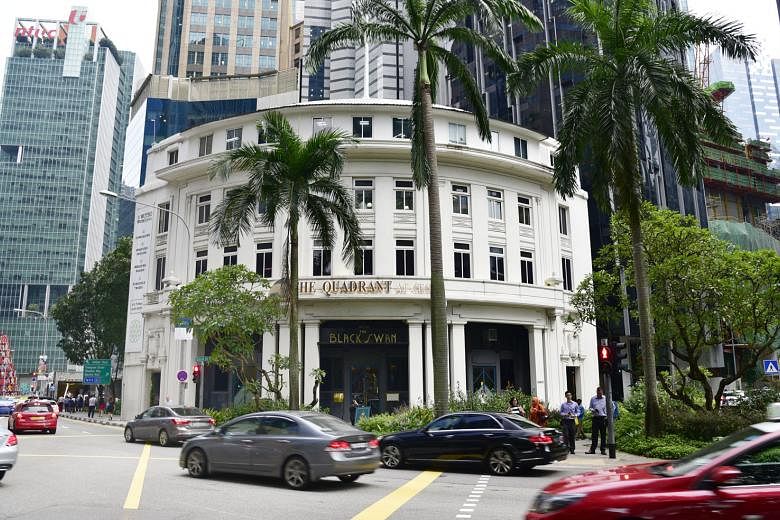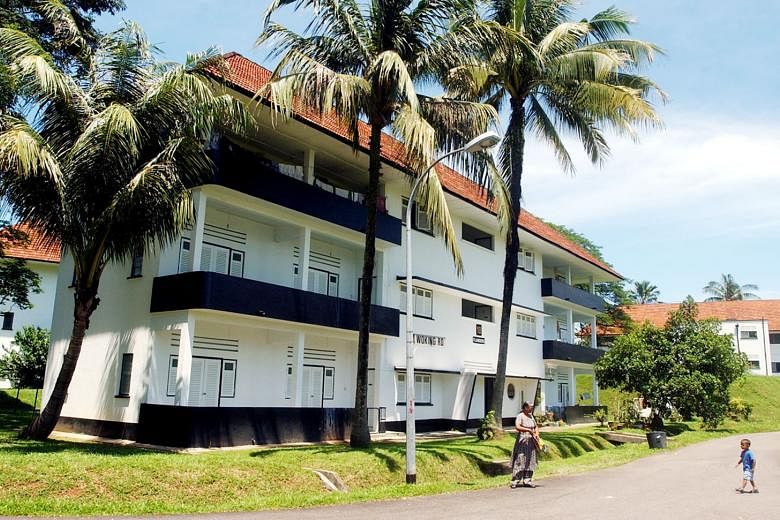The Committee on the Future Economy has issued a clarion call for Singapore to be driven by innovation-led growth. Where physical infrastructure is concerned, does this mean constructing spanking new structures at every corner? Not necessarily so. Innovation requires counter-intuitive thinking. And innovation in infrastructure can lead to new and creative ways to use old buildings.
This is not a new idea. More than 50 years ago, renowned urbanist Jane Jacobs, who wrote The Death And Life Of Great American Cities, campaigned long and hard for buildings and neighbourhoods in her hometown of New York City to be preserved and repurposed for creative new uses. Indeed, the title of this commentary - "new ideas need old buildings" - is taken from her own words.
Urban studies theorist Richard Florida, author of The Rise Of The Creative Class, notes that innovation and creativity in large, diverse and dense cities like New York often cluster in re-imagined and repurposed old buildings.
Fast forward to the present, New York's start-ups are found in enclaves around refurbished industrial-age buildings like the city's former Meatpacking District, home to WeWork, the tech co-working start-up valued at US$20 billion (S$27 billion) in July. This is due in no small part to the legacy of Ms Jacobs' campaigning. And New York continues to be one of the world's top destinations for creative and business talent, second only to Silicon Valley.
In the case of London (ranked No. 3), start-ups cluster in Shoreditch around Old Street Roundabout. A once seedy neighbourhood, most of its heritage buildings have since been reinvigorated as homes to tech start-ups. The area is now dubbed "Silicon Roundabout", a tech hub home to luminaries like Amazon, Cisco, Facebook and Google.
In fact, hard research out of Britain confirms that repurposing heritage buildings makes the most sense from an economic perspective. The UK Research Report -aptly titled New Ideas Need Old Buildings - found that businesses located in conserved buildings generated on average 4.4 per cent more economic value than the average for all commercial businesses across Britain.
It states: "Rather than being a drag on productivity, listed (conserved) buildings attract businesses in the most productive sectors of the economy... Historic buildings and the historic quarters of… major towns and cities are the very places where new ideas and new growth are most likely to happen."
Why are innovators drawn to repurposed old buildings? Author Charles Landry, who wrote The Creative City, believes "old buildings resonate deeply… for those who have new ideas or want to be innovative". They value the buildings as places of anchorage, connection, learning and inspiration. They are also more cost-effective - critical for start-ups - and are a sustainable way to manage limited resources.
It is clear our Government is ahead of the curve in laying the strategy to make the best use of our heritage buildings. In tandem with pioneering a new generation of technology-driven small and medium-sized enterprises, The Report of the Committee on the Future Economy (CFE) has called to "preserve and rejuvenate our city in a sensitive manner which strengthens our built heritage at the same time" and to "restore (buildings) to their former glory and rejuvenate them to have continued relevance and use in today's context" in order to "strengthen Singapore's identity and distinctiveness". The CFE has also called to "facilitate more private sector participation in preserving our built heritage" and to create "innovation spaces" that "double up as community and networking platforms, and facilitate the exchange of ideas".
Our Government has proved itself a master at top-down urban planning and execution. Jurong Island Petrochemical Hub, Seletar Aerospace Park and the integrated resorts are some shining examples.

It is a monumental challenge to transform our economy from top-down strategic (MNC-centred) growth, to bottom-up, innovation-driven growth led by start-ups and SMEs. This next stage will call for a lot more subtlety in urban planning.
The Government has already taken the first steps in this direction. The advent of price-quality tenders by the Singapore Land Authority and the introduction of the private master developer approach by the Urban Redevelopment Authority for Kallang precinct, where the private developer is given more flexibility to plan and develop an entire precinct, are the right way to go.

ith tech hubs like Tel Aviv in Israel and Shanghai transforming their own built heritage and competing with Singapore for the best talent, how creatively we rejuvenate our old buildings will be a key indicator whether we will emerge strong from disruption or be left hopelessly behind.
Can we in Singapore learn the same lessons from New York and London? Can we not extract more value and innovation from heritage buildings? In this vein of thought, we can imagine the transformation of black-and-white bungalows in Portsdown/one-north, the old Kallang Airport and similar icons of our heritage into buzzing hubs for start-ups.
I believe in this vision, and I have put my money where my mouth is. The real estate start-up my partners and I founded leased the Old Kwangtung Provincial Bank Building from the Government, and transformed it into The Quadrant At Cecil. What was once an old bank building is now an innovation hub, housing more than 25 start-ups which develop proprietary technology platforms in fintech, digital marketing, recruitment and public relations. Among them is digital marketer Telum Media, whose co-founder Matthew Law says: "We chose The Quadrant as it is unique and full of character, unlike the anonymous skyscrapers surrounding the Central Business District… This building is steeped in heritage and has stood the test of time by continually adapting, which is a strong message to the young innovative companies which now call her home. Every capital city or company needs balance and The Quadrant is Singapore's against a rapidly evolving backdrop."
Despite its rich history, The Quadrant has not yet been gazetted as a conservation property, perhaps because of a past need to reserve space for more roads in the CBD. But that may no longer be so given Singapore's long-term pivot towards a car-lite city.
A banking industry veteran friend of mine quips that "it would be quite ironic if the upstarts sitting in the 80-year-old bank building disrupt us dinosaurs in the spanking new skyscrapers".
- The writer is director of Homestead Group.


